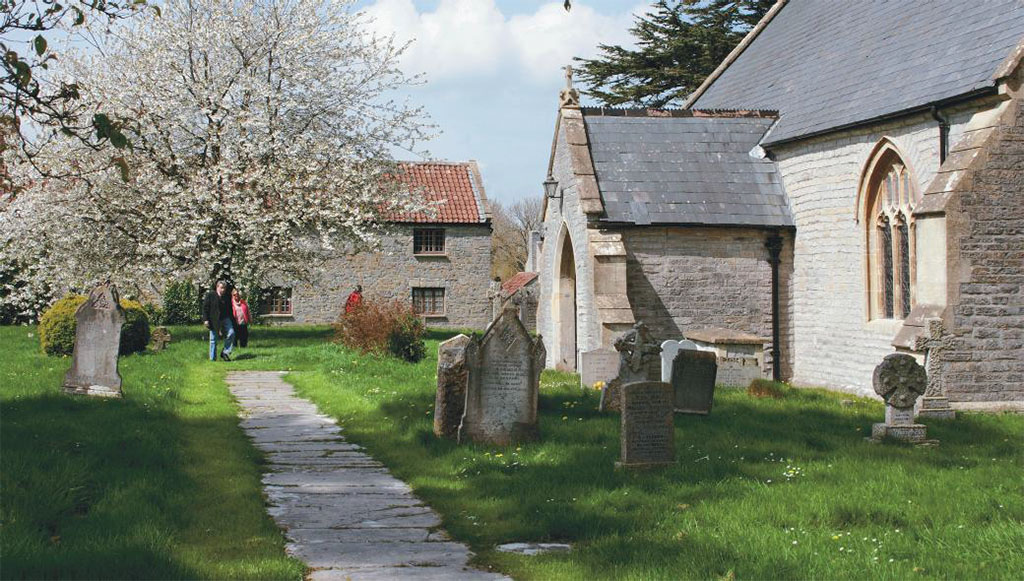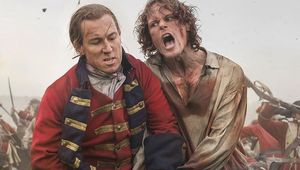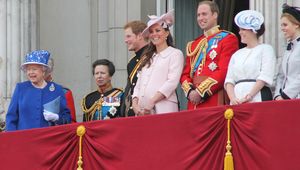
King Charles I (1600 - 1649) on the eve of the Battle of Edgehill in Oxfordshire, the first engagement of the English Civil War. Original Artwork: After Charles Landseer. (Photo by Rischgitz/Getty Images)Image: Getty Images
How much do you know about the Battle of Edgehill? It marked the start of the English Civil War and resulted in casualties on both side
The Battle of Edgehill was the first major clash of armies of the English Civil War. Although it ended in a draw with relatively few casualties, Edgehill is distinctive in that it set the stage for the devastating conflict that followed.
Read more: The Battle of Hastings
Fierce internal struggles between the monarchy and Parliament characterized 17th century English politics. King Charles I attempted to assert monarchial authority while Parliament increasingly dictated policy. Religious tensions heightened the conflict while the predominantly Puritan Parliament vied with a king suspected of harbouring Catholic sympathies. In 1641, frustrated with a Parliament that frequently obstructed royal policies, Charles attempted to arrest several Parliamentary officials. This attempt failed, forcing the King to flee London. As a result, Charles began rallying troops and political allies to aide his quest to re-establish the monarchy.
Read more: The last footage of Queen Victoria
By late 1642, both the King and Parliament had gathered armies of sufficient standing. The King's forces marched on London in hopes of retaking the City as the royal capital. Parliamentarian forces, led by the Earl of Essex and Oliver Cromwell, moved to intercept the Royalist troops assembled at Edgehill.

English soldier and statesman Oliver Cromwell (1599 - 1658). Original Artwork: Portrait attributed to Van Dyck. (Photo by Hulton Archive/Getty Images)
The conflict began with a smattering of cannon exchanges. The Royalist artillery was hampered by its uphill position, rendering its cannons largely ineffective against the enemy below. As a result, Royalist cavalry, led by the King's nephew, Prince Rupert, swept down the hill toward the Parliamentarians, decimating a large section of their ranks.
The Royalists did not capitalize on this initial success, however, as the troops became more interested in plundering the town than in finishing the fight. This allowed Parliamentarian troops to regroup and break up enemy formations. After several hours of hard fighting, both sides withdrew to their original positions, leaving a field scattered with debris and casualties.
Read more: Historic battlefields across England









Comments